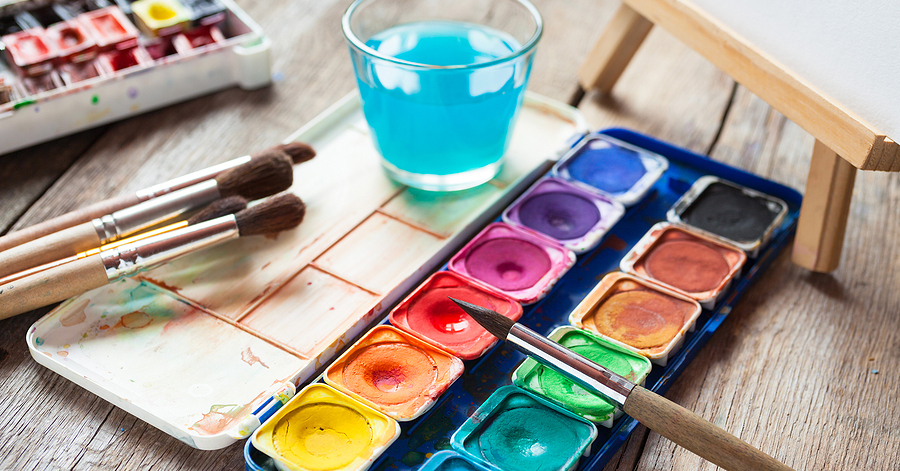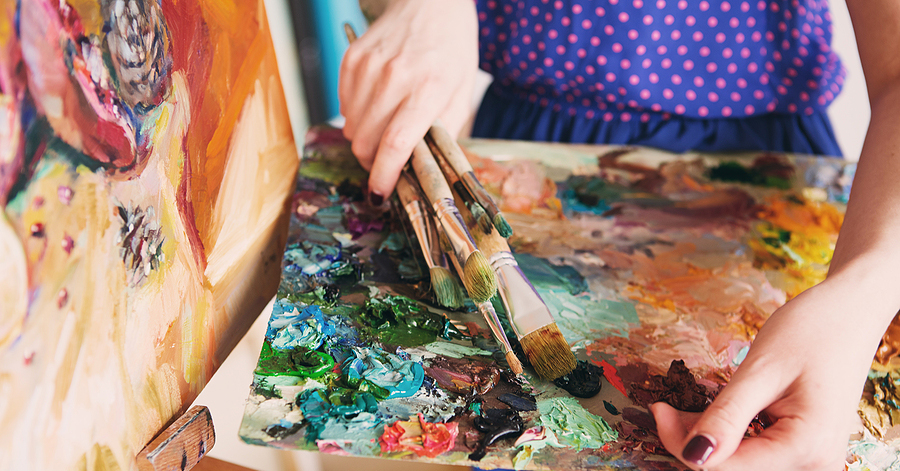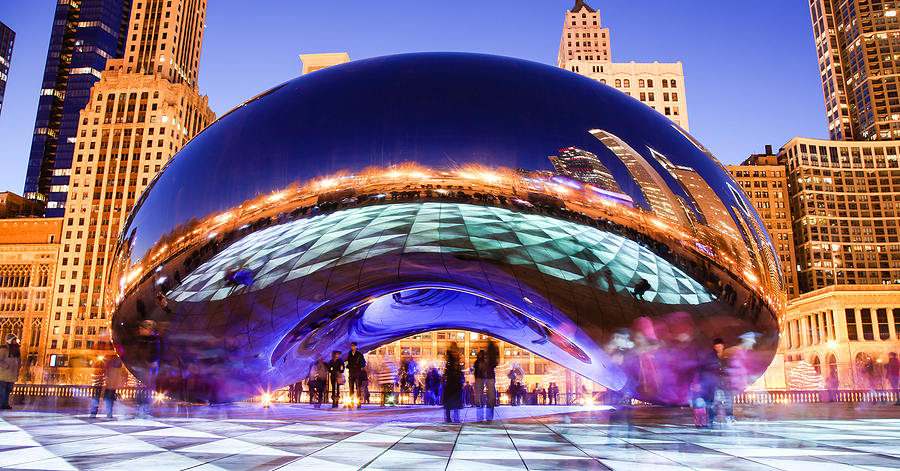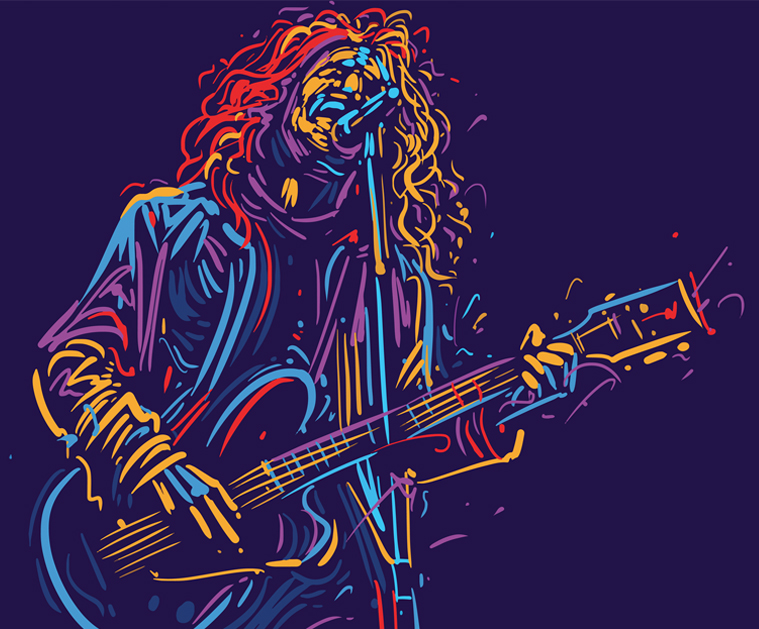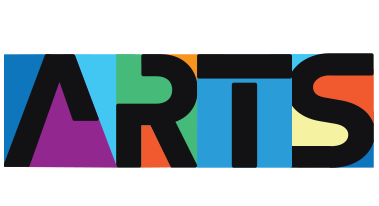The advent of social media has revolutionized various aspects of our lives, and the art world is no exception.
Social media platforms have become indispensable tools for artists, offering new ways to showcase their work, connect with audiences, and build their careers.
Understanding the influence of social media on the art world is crucial for both emerging and established artists.
The Digital Canvas: How Social Media Platforms Serve Artists
Instagram: The Visual Playground
Instagram, with its visual-centric approach, is an ideal platform for artists. It allows them to share their work through image and video posts, offering a digital canvas to reach a global audience. Features like Stories and Reels enable artists to provide behind-the-scenes glimpses of their creative process, making their work more relatable and engaging.
Popular hashtags such as #Art, #ArtistsonInstagram, and #ArtOfTheDay help in art discovery, connecting artists with enthusiasts and collectors. Artists like Banksy and Yayoi Kusama have successfully leveraged Instagram to enhance their visibility and influence.
TikTok: Short-Form Creativity
TikTok has emerged as a powerful platform for short-form creativity, allowing artists to create and share engaging videos. The platform’s format is perfect for time-lapse paintings, DIY projects, and live art creation. Viral art challenges and trends can significantly boost an artist’s visibility.
Artists like Devon Rodriguez, known for his subway portraits, have gained massive followings on TikTok by consistently posting engaging and creative content.
Pinterest: The Inspiration Hub
Pinterest serves as a valuable resource for artists seeking inspiration. By curating themed boards, artists can showcase their work and explore new trends and techniques. Pinterest’s visual search functionality makes it easy to discover related content, fostering a continuous flow of inspiration.
Building a following on Pinterest involves creating visually appealing pins and collaborating with other users. This platform is particularly useful for artists looking to stay abreast of evolving art trends.
Facebook: Community Building
Facebook offers robust tools for community building, enabling artists to create and join groups where they can network with peers and engage with art enthusiasts. These groups often host community events and challenges that foster collaboration and growth.
Additionally, Facebook Marketplace provides a platform for selling art directly to buyers, offering a straightforward way for artists to monetize their work.
The Positive Impact of Social Media on the Art World
Enhanced Visibility and Exposure
Social media platforms provide artists with unparalleled visibility and exposure. Local artists can reach global audiences, and instances of artists gaining international recognition through viral content are not uncommon.
The ability to share work instantly and widely is a game-changer for artists looking to expand their reach.
Direct Engagement with Audiences
Social media allows artists to interact directly with their audiences through comments and messages. This real-time engagement helps build a loyal fanbase and provides immediate feedback on their work.
Live streaming features on platforms like Instagram and Facebook enable artists to conduct live art creation sessions and Q&As, deepening their connection with followers.
Democratization of Art
One of the most significant impacts of social media is the democratization of art. Artists no longer need gallery representation to reach wide audiences.
This accessibility breaks down traditional barriers, supporting diverse voices and underrepresented artists who might otherwise struggle to gain exposure.
The Challenges and Drawbacks of Social Media for Artists
Oversaturation and Competition
While social media offers vast opportunities, it also presents challenges such as oversaturation and intense competition. The digital art space is crowded, making it difficult for individual artists to stand out. Developing strategies to differentiate oneself, such as unique content and consistent branding, is essential.
Copyright and Art Theft
Posting art online carries the risk of copyright infringement and art theft. Unauthorized reproductions of digital art are common, and protecting one’s work is crucial. Artists can use watermarks, digital signatures, and copyright registration to safeguard their creations.
Mental Health Impacts
Maintaining an active online presence can be mentally taxing. The pressure to consistently produce and share content, coupled with negative feedback and trolls, can affect an artist’s mental health. Balancing art creation with social media engagement is vital for well-being.
Leveraging Social Media for Art Sales and Marketing
E-Commerce Integration
Many social media platforms now offer built-in e-commerce features. Instagram Shopping and Facebook Shops allow artists to set up online stores directly on their profiles. Best practices for product listings and promotions include high-quality images, detailed descriptions, and engaging stories about the artwork.
Crowdfunding and Patronage
Platforms like Patreon and Kickstarter enable artists to leverage crowdfunding and patronage to support their work. Successful campaigns often involve compelling stories, attractive rewards, and regular updates to keep backers engaged. Building and maintaining relationships with patrons is crucial for long-term success.
Social Media Trends Shaping the Future of Art
Virtual and Augmented Reality
Virtual and augmented reality are emerging trends in the art world, offering immersive experiences for audiences. AR filters and VR galleries provide innovative ways to interact with art. For example, artists are using AR to create interactive installations, and VR to host virtual exhibitions, broadening the scope of how art is experienced.
AI and Art Creation
Artificial intelligence is making its mark on the art world, with AI tools enhancing and even creating art. Applications like DeepArt and Runway ML enable artists to experiment with new forms and techniques. While AI offers exciting possibilities, it also raises ethical considerations about the role of the human touch in art.
Conclusion
Social media has undeniably transformed the art world, offering new avenues for visibility, engagement, and sales.
While it presents challenges, such as competition and mental health impacts, the benefits often outweigh the drawbacks. By embracing and innovating with social media, artists can reach wider audiences and create lasting connections, balancing their digital presence with artistic integrity.
While social media can be great for art, don’t forget about the real world — You can gain invaluable skills and connections in-person at places like the East End Arts Art School. We highly recommend you consider becoming a member. You can also check out our online gallery here.


